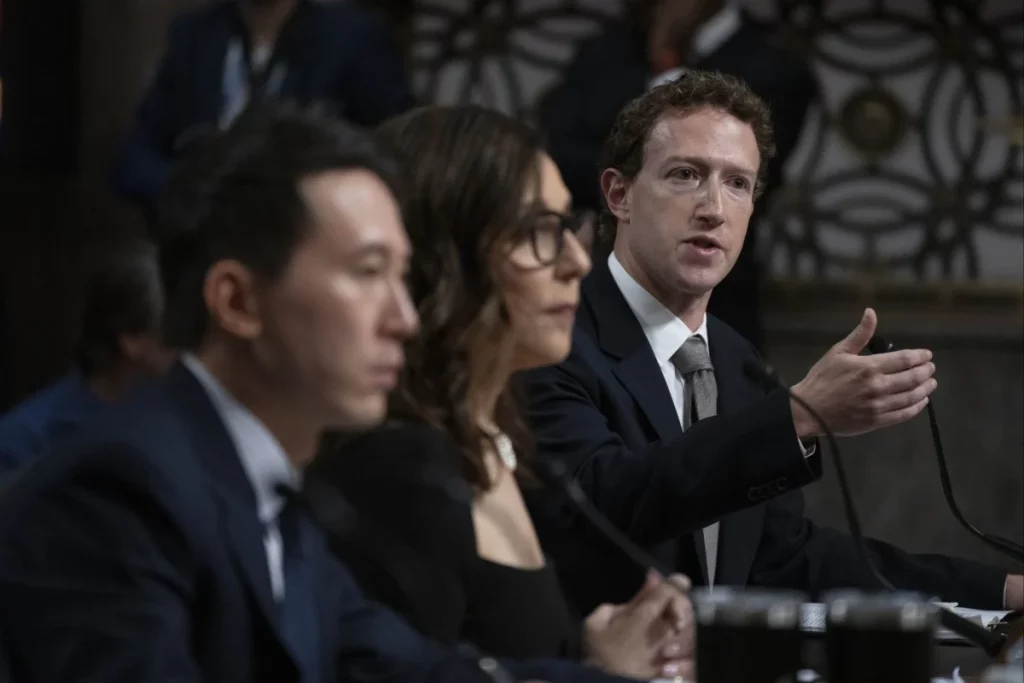Recent U.S. Senate hearings put the spotlight on the pressing issue of child safety online, dragging CEOs from major social media platforms like Meta, TikTok, and X into the hot seat. The emotional testimonials from parents and children, detailing exploitation and harm, set a grave tone for the proceedings. Lawmakers and children’s advocates argue that these tech behemoths are not doing nearly enough to protect young users from the darker facets of social media, including bullying, addiction, and exposure to harmful content.
The testimonials from parents and children set a grave tone at the proceedings
The Senate Judiciary Committee’s session revealed a stark reality: the very design and operational choices of these platforms contribute significantly to the dangers faced by children online. Despite Mark Zuckerberg‘s apology to affected families and promises of continued investment in safety measures, skepticism remains high. The exchange between Zuckerberg and Senator Josh Hawley underscored a critical disconnect, highlighting the question of profit over safety.

Snapchat’s proactive stance, advocating for legal measures to hold platforms accountable, stands out as a beacon of hope. Yet, the collective voice of the industry seems hesitant, often defaulting to assurances of existing safety features rather than committing to substantial change.
This hearing, while showcasing a rare bipartisan agreement on the issue, also underlines the complex challenge of regulating a space as vast and varied as social media. The CEOs’ testimonies and the heart-wrenching stories of impacted families underscore the urgent need for a balanced approach that safeguards children without stifling the positive aspects of these platforms.
As debates over regulation and corporate responsibility continue, the clear consensus is that the status quo is unacceptable. The path forward demands not only technological solutions but a fundamental reevaluation of the role social media plays in the lives of the youngest members of society. The call for action is loud and clear: it’s time to prioritize the well-being of children in the digital age.
RELATED:
- Meta Tightens Safety Measures for Teens on Instagram and Facebook
- China’s Metaverse Drive: Huawei, Tencent, and Baidu lead ambitious three-year plan
- Get Redmi K70 Pro for discounted price of $499
- OnePlus partners with Pixelworks to Elevate Mobile Gaming Experience on the OnePlus 12
(Via)







